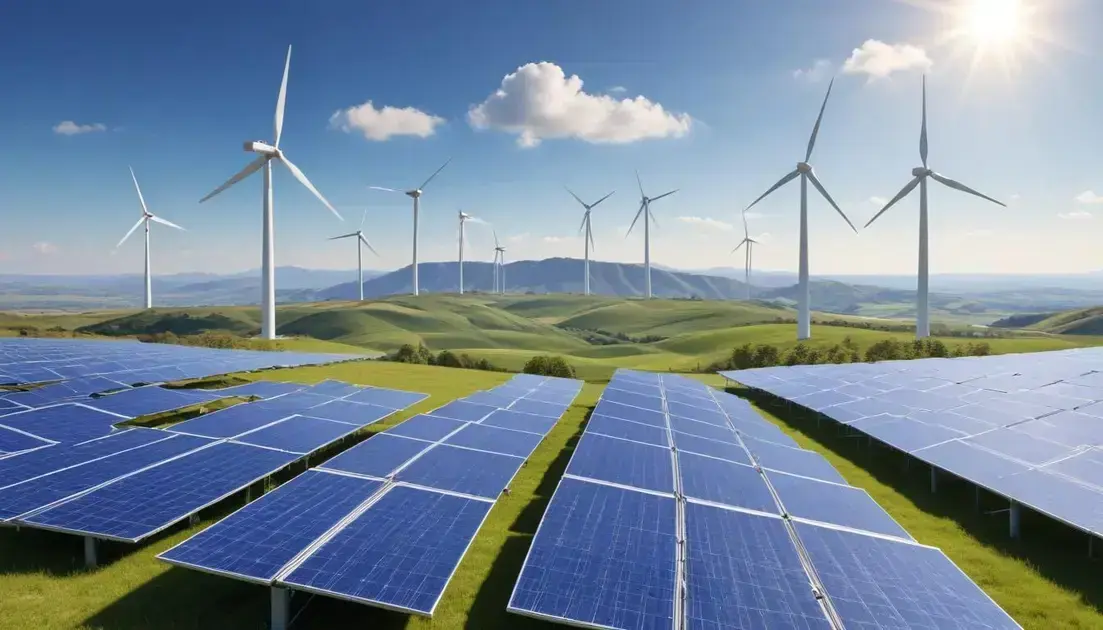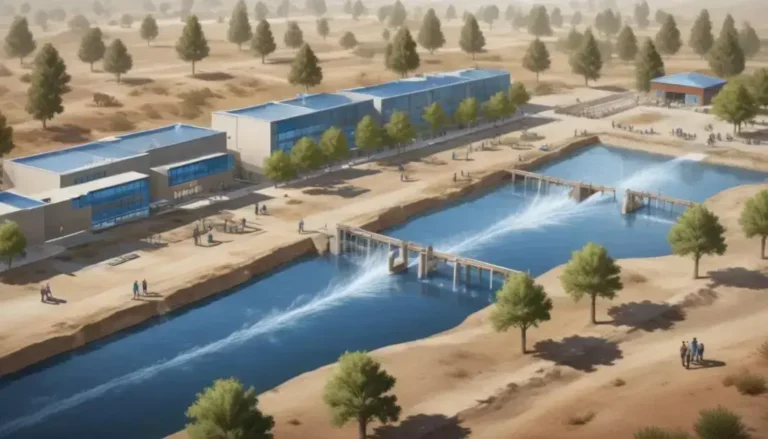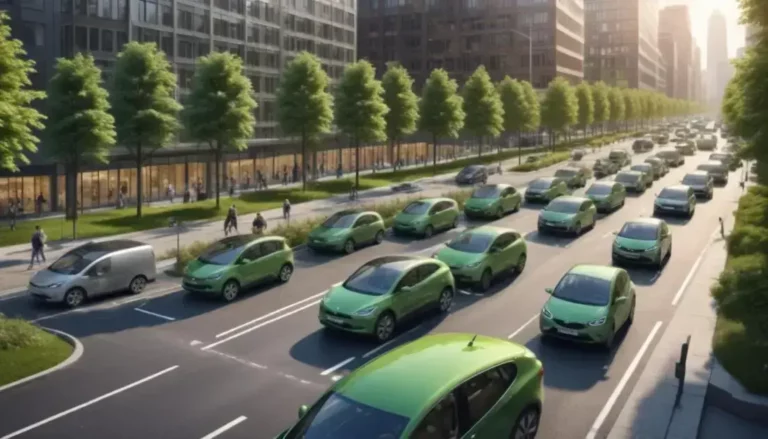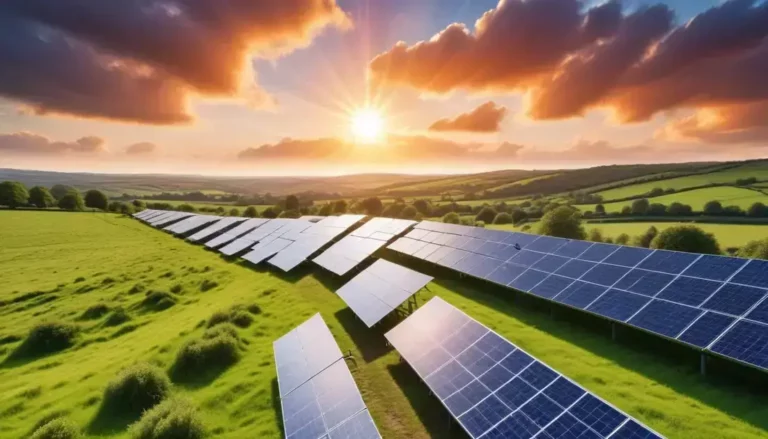Renewable Energy Growth Reaches 92.5% in 2024
Renewable energy is experiencing unprecedented growth, capturing 92.5% of global power expansion in 2024, driven by advancements in technology and increasing public demand for sustainable energy sources.
In 2024, renewable energy reached an impressive 92.5% of global power expansion. But what does this mean for our future?
Current trends in renewable energy capacity expansion
The renewable energy sector is currently experiencing unprecedented growth, pushing capacity expansions to new heights. In 2024, global renewable energy installations have surged, amplifying their share in the total energy mix. This trend reflects a significant shift towards more sustainable energy sources, fostering a healthier environment and reducing dependence on fossil fuels.
Key Drivers of Growth: Several factors are propelling the expansion of renewable energy capacity. Technological advancements have lowered costs, making solar and wind power more accessible and profitable. Additionally, governmental policies aimed at reducing carbon emissions enhance market stability and encourage private investments in renewable infrastructure.
Moreover, the increasing awareness and public support for environmental sustainability significantly affect the push for renewable energy. Consumers are demanding cleaner energy sources, which prompts companies to adapt their strategies to meet these expectations. In many regions, the grid parity achieved by renewables has enabled them to compete directly with traditional energy sources, further driving growth.
Global disparities in renewable energy development
Global disparities in renewable energy development highlight significant differences in how various regions harness sustainable power. While some countries lead in capacity and technology, others lag behind due to economic, political, and infrastructural barriers. Understanding these disparities is crucial for fostering equitable growth in the renewable energy sector.
Developed nations often have better access to financing and advanced technologies, allowing them to invest heavily in renewable projects. For example, countries like Germany and the United States are at the forefront of solar and wind energy developments. They benefit from established policies and robust incentives that promote renewable investments.
Conversely, many developing countries struggle to implement similar initiatives, facing challenges such as limited funding and inadequate infrastructure. In regions like sub-Saharan Africa, only a fraction of the population has access to reliable electricity, let alone renewable sources. However, there is hope as international partnerships and funding initiatives aim to bridge these gaps, empowering emerging economies to leverage their renewable resources.
Addressing these global disparities not only accelerates the transition to cleaner energy but also promotes social and economic benefits for communities worldwide. Efforts to harmonize the renewable energy landscape are essential for ensuring that all nations can participate in this crucial transition towards sustainability.
In Summary
The rapid growth of renewable energy highlights the potential for a sustainable future. With renewable sources now dominating global power expansion, it is crucial to support and invest in these technologies.
However, disparities in development across countries show that not everyone benefits equally. Bridging these gaps will ensure that all nations can transition to cleaner energy and enjoy its advantages.
By promoting policies that focus on equity and collaboration, we can create a balanced renewable energy landscape. Together, we can power a greener planet and make a positive difference for generations to come.
Frequently Asked Questions
What are the benefits of renewable energy?
Renewable energy helps reduce greenhouse gas emissions, improves air quality, and decreases dependence on fossil fuels, contributing to a healthier planet.
How does renewable energy impact the economy?
Investing in renewable energy creates jobs, stimulates local economies, and can lead to lower energy costs for consumers in the long run.
What are the main sources of renewable energy?
The primary sources of renewable energy include solar, wind, hydroelectric, geothermal, and biomass.
Why are some countries more advanced in renewable energy than others?
Countries with strong policies, funding, and technological resources often lead in renewable energy development, while others may face financial and infrastructural challenges.
Can developing countries benefit from renewable energy?
Yes, developing countries can harness their renewable resources to improve energy access, reduce poverty, and create sustainable economic growth.
What role do international partnerships play in renewable energy development?
International partnerships can provide funding, expertise, and technology transfer, helping nations overcome barriers and accelerate their renewable energy projects.






